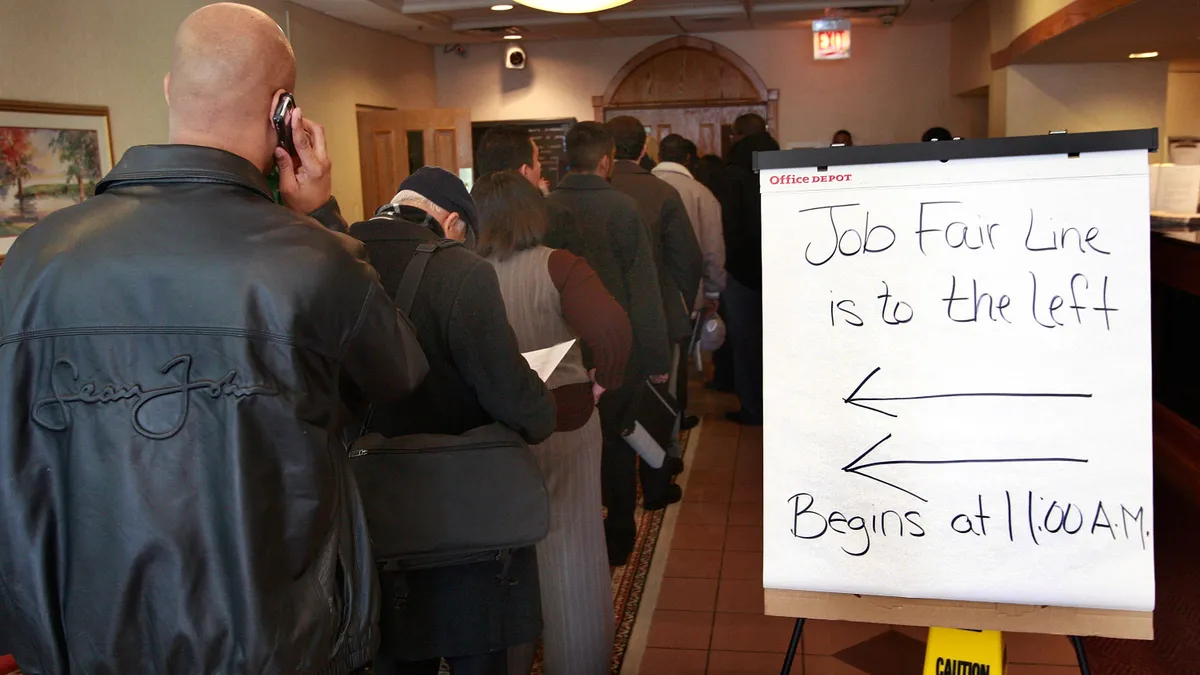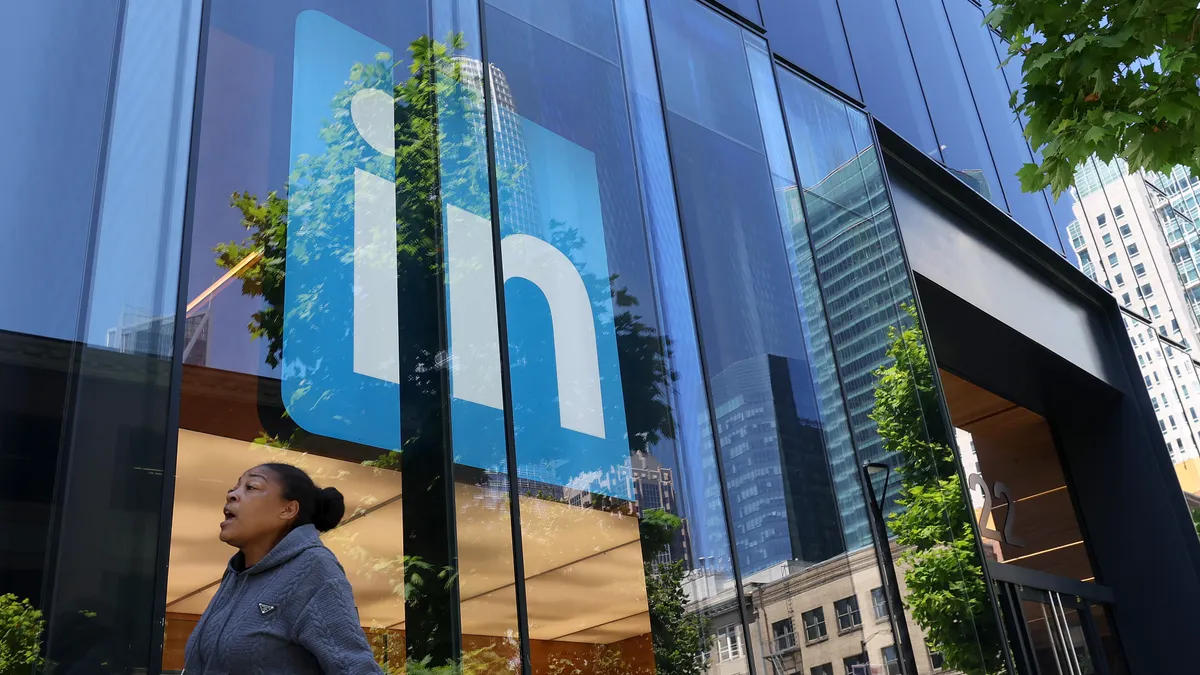Megan DePorter is the director of people operations at HealthJoy, a health consultant company. Views are the author's own.
The pandemic has forced us HR professionals to reinvent our operations this year. We've shifted priorities as we focus on fostering a strong camaraderie feeling for current and new employees. Additionally, we've had to navigate the uncharted waters of onboarding — the most critical part of the employee lifecycle — remotely.
Research has shown that a strong onboarding process can improve retention and productivity. And now more than ever, onboarding is a catalyst for retention and employee satisfaction. With remote work becoming the new norm, we can't afford to settle for a mediocre virtual onboarding process.
But how do we ensure a smooth and successful onboarding in 2021 when many of our tried-and-true onboarding tips are impossible in a remote environment?
Set expectations and follow up with regular touchpoints
It's always been important that employees know what to expect from their jobs on day one. Now, establishing expectations and creating clear communication is more critical than ever.
Perhaps you already had remote employees and, like us, relied on a few critical days in the office to get them up to speed. This in-person onboarding time helped them forge connections with new co-workers and allowed us to set the stage for their months as a new hire with robust and in-person communication.
That isn't possible now. To successfully make this transition, you'll need to restructure the onboarding process to help new hires feel informed, engaged and tapped into the company culture.
Instead of moving everything to online platforms, we encouraged hiring managers to rethink how they present information. We created a new toolkit for managers, a 20-page document that includes everything managers need to help a new hire feel confident and capable within a few days of starting.
We've also recently encouraged teams to take a "buddy" approach, pairing new hires with someone to answer questions, provide guidance and offer support. It's also a great way to encourage new hires to build relationships with their team.
Ultimately, onboarding is a real team effort, not just the responsibility of HR. Bringing managers into the process early and giving them tools to communicate successfully is essential.
Prioritize connection — even the virtual kind
You can also consider how you're helping employees forge connections. We continue to emphasize all the typical onboarding meetings with executive leadership and team leads. As our city moved into a phased reopening, we also facilitated distanced coffee meetups in neighborhoods and parks around the city.
These are entirely voluntary and carefully monitored to ensure they align with our city's recommendations for social distancing, but our newest hires have also been our most enthusiastic participants. We hear from them that these masked face-to-face meetings helped them feel connected to co-workers.
We also use Slack channels to ask short weekly questions, allowing employees to connect without video. In a dedicated "breakroom" channel, for example, we host a weekly "Hump Day Question of the Day" and "What Do You Meme?" contest where silly GIFs and reaction emojis are greatly encouraged. The goal is to recreate just a sliver of the connection for employees who miss impromptu communications. The reaction to these efforts at connection has been so enthusiastic so far and we're pleased with what we've heard from new hires.
Make culture integral to the remote onboarding experience
One of our first steps in reworking onboarding was to identify the gaps for remote employees. We recognized a big hole in place of the human element. Office culture just doesn't exist when there's no office. We've found that employees can struggle with the lack of social opportunities, like grabbing coffee or walking with co-workers.
If you're like us, you likely don't want to throw this essential factor out the window just because you've gone remote. But instead of only moving things online, you might restructure them to work with existing options. For instance, we hold our monthly "Meet the Founders" coffee chats to encourage new hires to meet one another, ask questions, learn more about HJ's history and review our product roadmap.
Finally, we've placed renewed importance on 30, 60, and 90-day check-ins for employees. These meetings allow employees to provide valuable feedback. When our employees feel like part of the company, they feel empowered to ask questions. Bringing them into the process means we get to benefit from their curiosity and fresh perspectives.
This remote onboarding process is new for all of us and hearing how it is (or isn't) working is critical to getting ahead of turnover. It's undoubtedly a challenge, but the key to success lies in trying things, seeing what works, and responding promptly to employee feedback. Instead of attempting to recreate our old onboarding process, high-growth companies must focus on creating a new, positive experience for employees. That's how we make sure recruiting that perfect candidate leads to the best possible outcome: a happy employee.



















